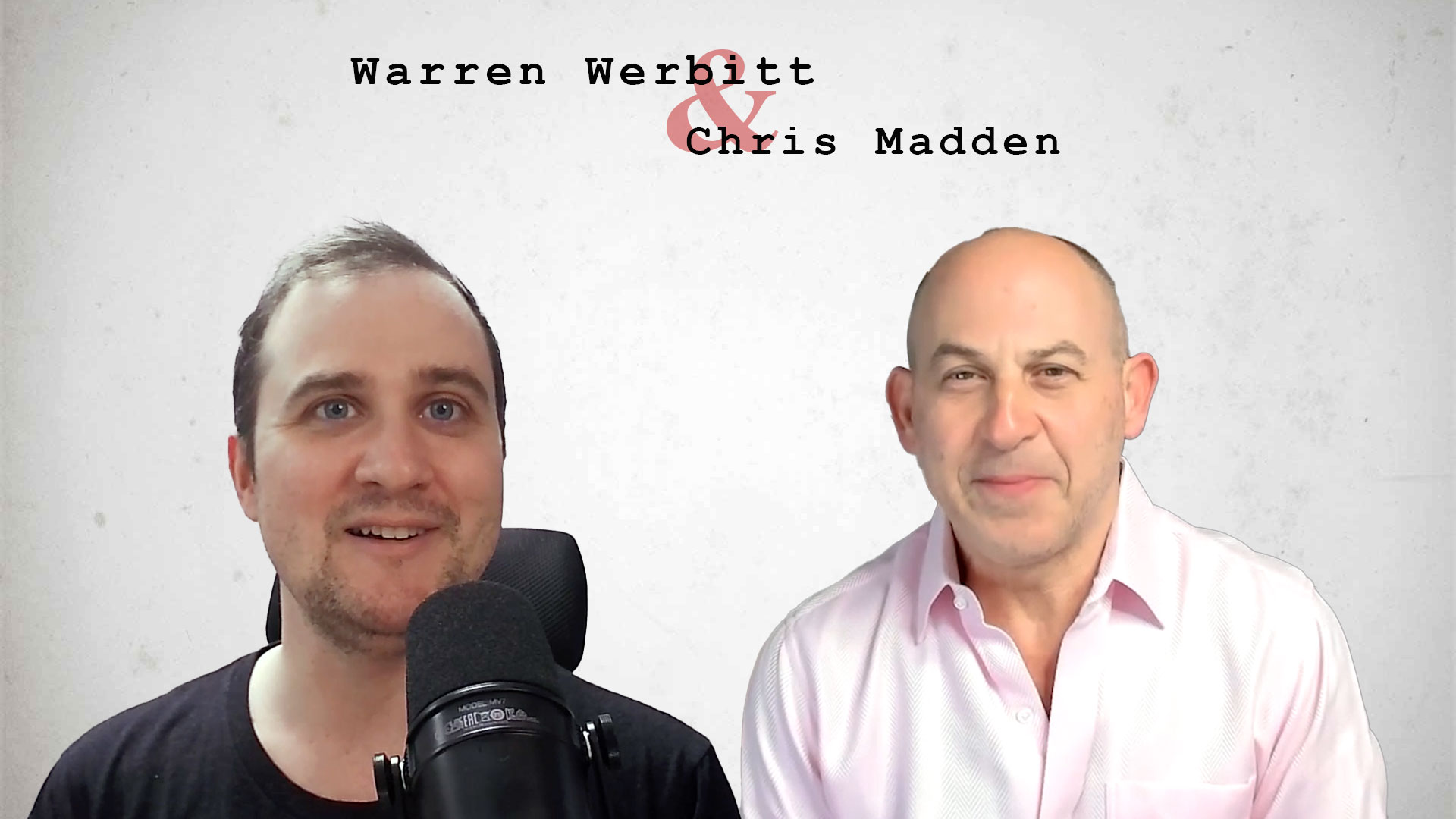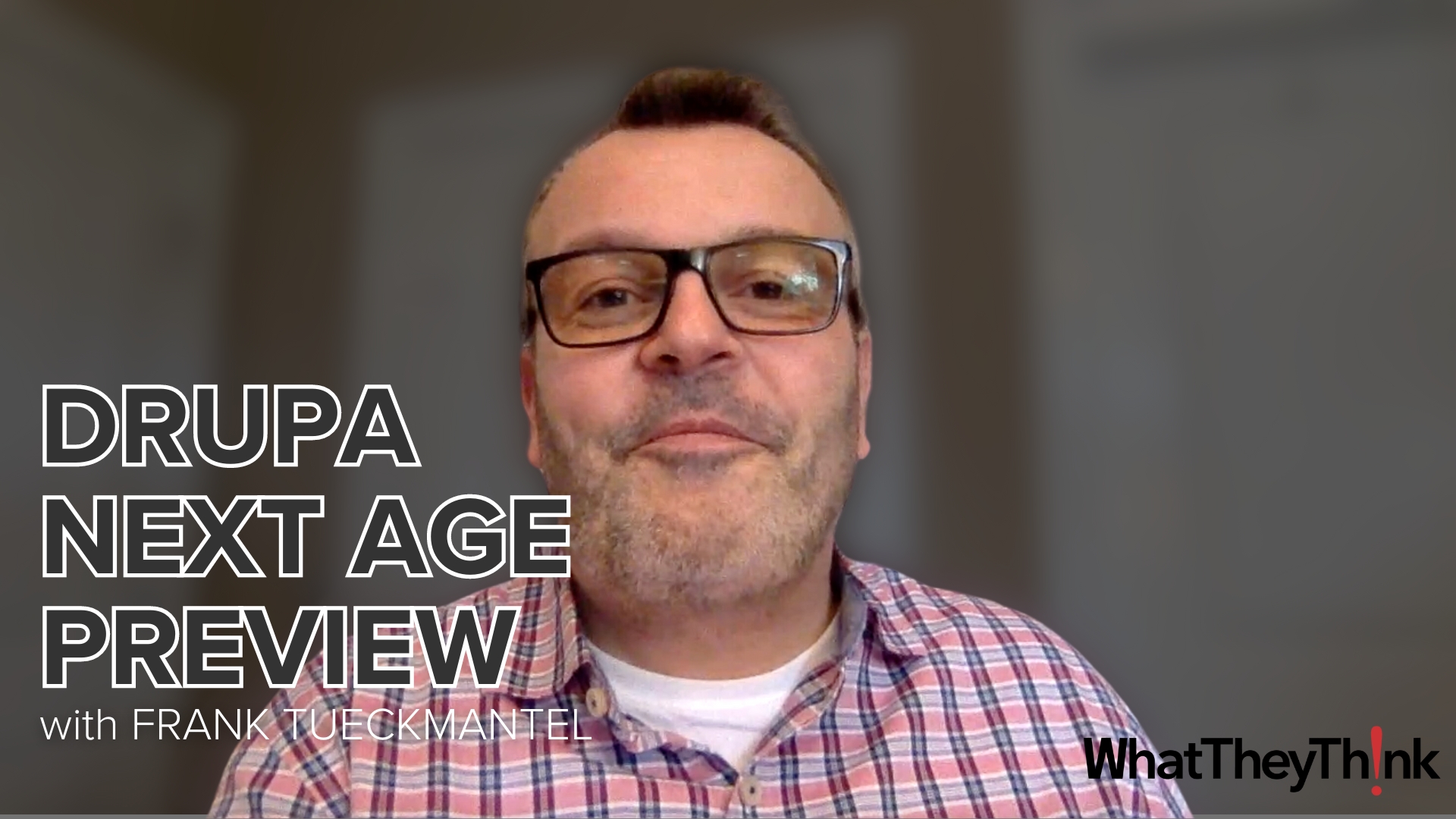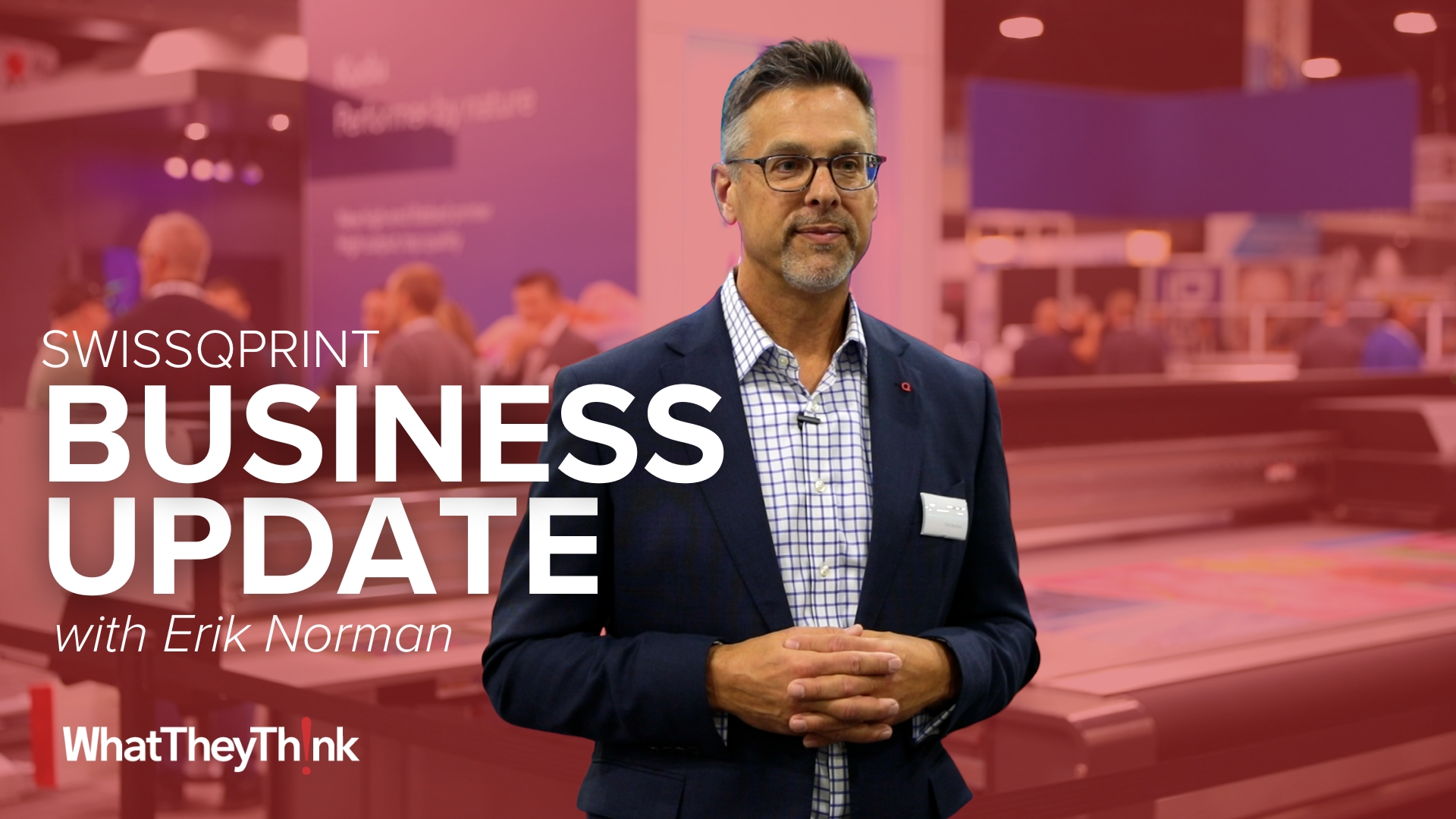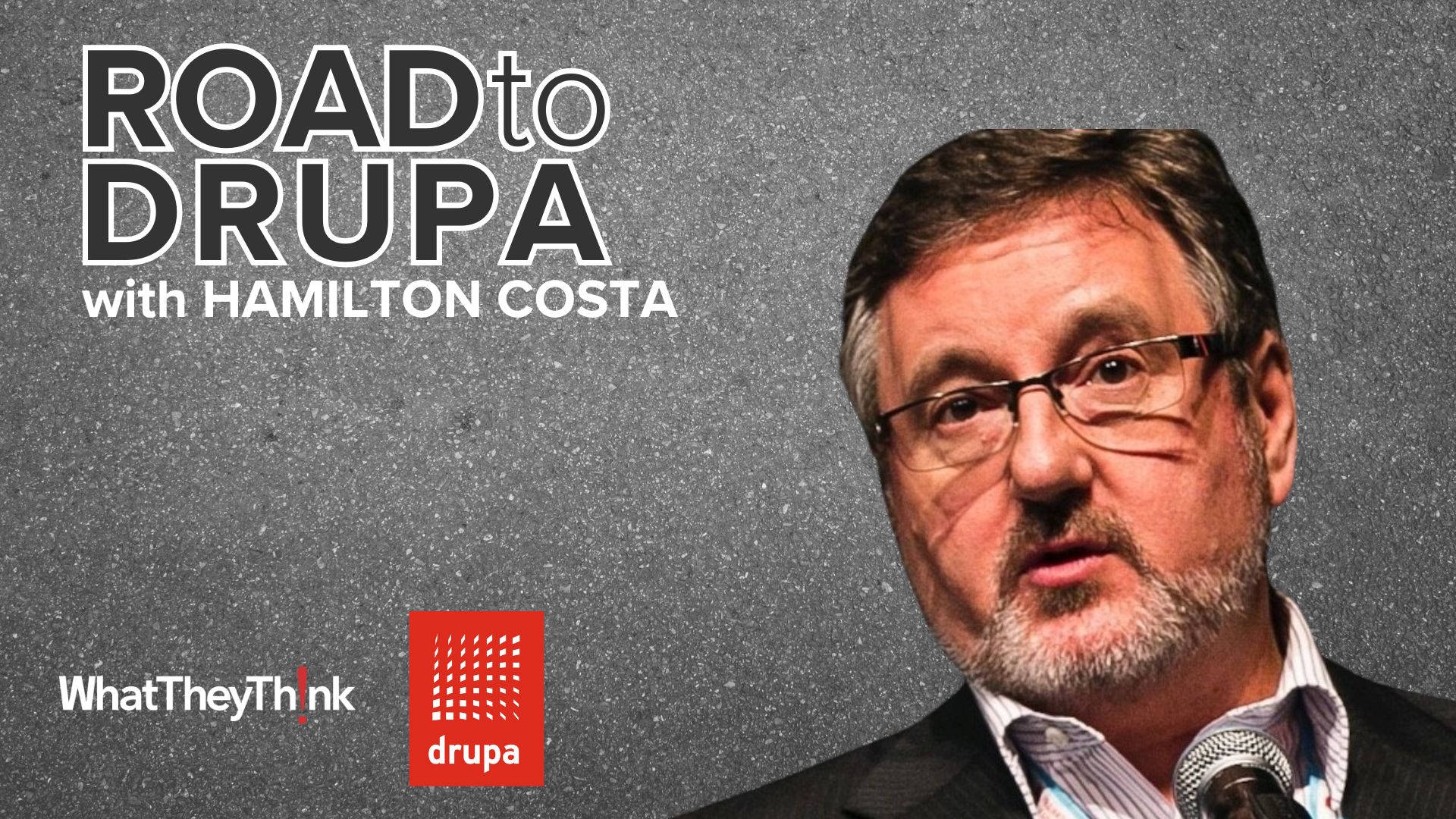My name is Bart Foreman. I’m President and Founder of Group 3 Marketing, a boutique direct marketing agency in Minneapolis. The printing business has evolved from Gutenberg to Zuckerberg, and so have communications. Printers are no longer just printers that put ink on paper. It doesn’t matter whether you’ve got a Heidelberg, or a NexPress, or whatever the technology is you’re using, whatever source you have. What’s important is how you help your clients build the story, and tell the story, and deliver the story.
Print offers a lot of tremendous advantages for every business and it should not be taken lightly. It shouldn’t be considered old media. It should be considered the media of the presence, but it’s not alone. And for printers to succeed today, it’s my opinion that they have to reinvent themselves as communications companies and be able to do cross-media projects for their clients. Because now there are multiple ways to reach the customer and printers have to be able to take advantage of all of them, and understand what the differences are in those channels and how they impact the client’s business. Once they do that, they can make printing still the main feature of what they do but not the only feature.
I don’t think print ever got old. I think other technologies came along that suddenly had more sexy appeal to them. And I think what we have to say now is print is still as viable as it ever was, but it has to be used in the right context of delivering the right message, okay, at the right time. Again, to drive consumer behavior for the client to be able to say to their customer, we want to do business with you and we want to make it as easy as possible to do business with you. That’s where print comes in, even if it’s nothing more than to drive the customer to learn more because all customers are hungry. They’re hungry for information; they’re hungry for knowledge. That’s why we put QR codes on letters, and postcards, and posters, and billboards, and trucks; because it gives the consumer another pathway to learn more about the brand.
We’re always looking for balance in a marketing campaign, and I don’t think there’s any one simple formula because it depends on the campaign. But the end result is to satisfy the consumer’s desire for information and knowledge that help them either quantitatively or non-quantitatively find ways to make a buying decision. Remember the retailer’s creed, remember the business creed—buy for me, buy now, buy more. So I can’t say that print should be 30 percent of a campaign. When the dust settles and we figure out what the campaign is all about, maybe it should be 100 percent, maybe that’s the only thing we do.
Now that doesn’t mean that the print isn’t being used to drive people to the website. That doesn’t mean it’s not being used to drive people to their e-commerce site to buy. So there is no magic formula. There is no one simple answer. Every campaign, every project has to stand on its own. And you have to look at the pie of media channels and decide how am I going to spend my media dollars. What’s the best route? Sometimes it’s mass media because I’ve got to get the message out to lots of people, okay. Then I use analytics from whatever information I have to follow that up with direct mail as a personal call to action. And maybe that direct mail does nothing more than drive people further to make that buying decision.










Discussion
Join the discussion Sign In or Become a Member, doing so is simple and free